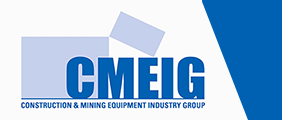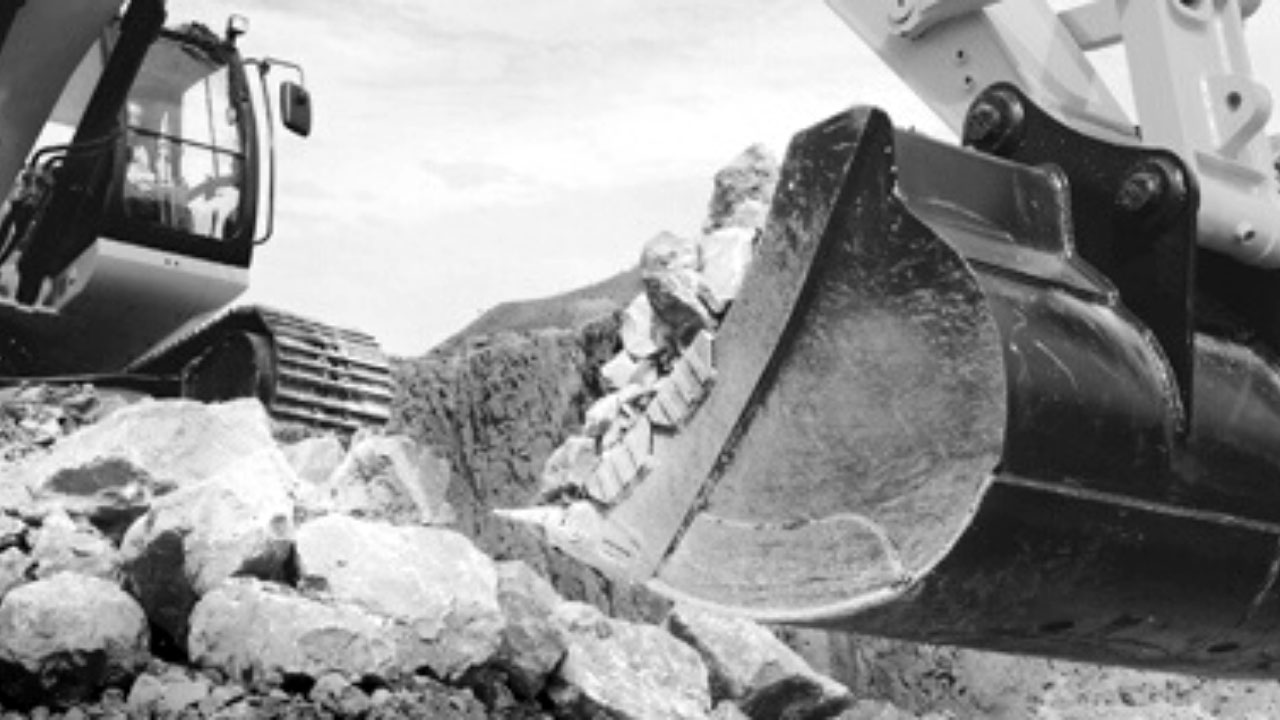Australia’s construction equipment distributors have issued a warning about the potential risks of purchasing “new, “unused” or low- hour – often referred to as “grey market” – equipment imported outside of authorised OEM distribution channels.
While the “grey iron” iron imports might be ok, there can be risks people should be aware of, for example, non- compliance with Australian safety and environmental requirements, voided warranty coverage and limited parts availability if the grey imports are different to accepted Australian machine specifications and possible modified identification plates.
Whether equipment buyers are purchasing directly from overseas via the internet or at auctions in Australia, it’s important to be aware of potential issues before making their final decision.
OEMs (original equipment manufacturers) have a number of different machine specifications, depending on which country a particular machine is destined for.
Machines built for the Australian market have the highest safety, environmental, machine monitoring and maintenance specifications such as ROPS cabins, hose-burst protection and increasingly Tier IV Final low emission engines.
However, those built for developing countries may be fitted with more dated electronic systems, on board monitoring systems and older generation engines.
CMEIG is aware of instances where serial numbers had been ground out of the machine and serial number plates and ROPS compliance plates were removed prior to auction.
These are being taken up with the relevant authorities.
So, a buyer who thinks they may be getting a low-cost ROPs-cab compliant excavator meeting the latest emission standards may be mistaken.
Questions to ask, prior to purchase, include:
- Make, model number, serial number and year of manufacture of the machine?
- What is the claimed warranty of the machine and is there supporting, verified documentation?
- What is the local parts availability for this particular machine? (the serial number and year of manufacture can be used to request this information from the local distributor)
- Will the local distributor provide warranty coverage?
- What safety equipment is fitted to the machine and is it compliant with Australian regulations?
- If it is an excavator, does it have a ROPs cabin, and if so, is there an OEM compliance plate?
- What emissions standard is the engine built to?
By asking these, and other questions, would-be buyers can make a more informed decision on how much of a bargain a seemingly low-priced machine is and avoid some of the pitfalls of grey imports. CMEIG recommend end users discuss the compliance details with the machine seller to confirm accuracy of information and compliance, as well as making contact with your local OEM brand distributor and having the ID details checked before making up your mind. Better to be safe than sorry.

